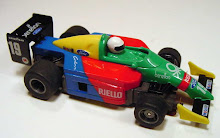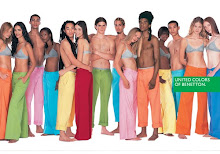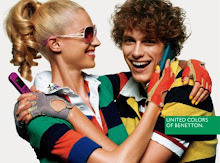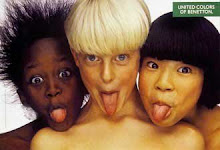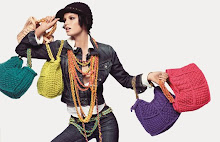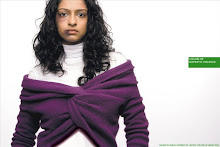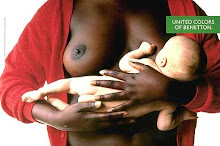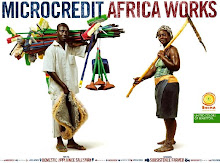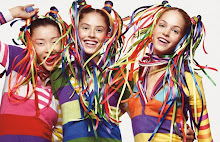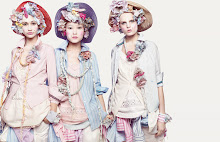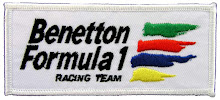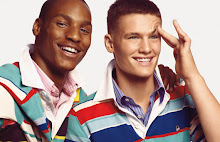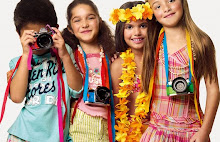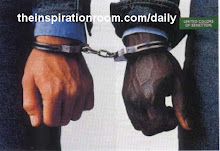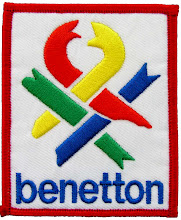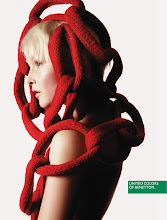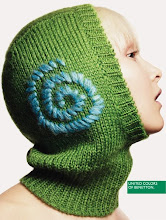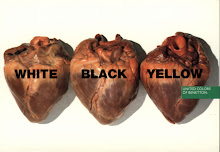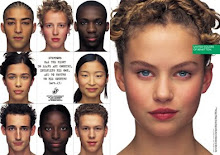In 1955,Luciano Benetton, the eldest of four children, was a 20 year-old salesman in Treviso. He saw a market for colourful clothes, and sold a younger brother's bicycle in order to buy his first second-hand knitting machine. His initial small collection of sweaters received a positive response in local stores in the veneto region, and soon after he asked his sister and two younger brothers, Giberto and Carlo, to join him.
In 1968, the Benettons opened their first store in Belluno and the year after in Paris, with Luciano as chairman, his brother Giberto in charge of administration, their younger brother Carlo running production, and Giuliana as a chief designer.
Soon afterwards Luciano met Flavio Briatore who at the time was working at the Italian stock exchange. Briatore led the company's assault on the US market, they started with 5 stores in 1979 but reached 800 within 10 years by franchising aggressively.
The company's core business remains their clothing lines. Casual clothing is marketed as the "United Colors of Benetton"; there are also a fashion-oriented "Sisley" division, "Playlife" leisurewear, and "Killer Loop" streetwear brands. Their products include womenswear, menswear, childrenswear and underwear and they have recently expanded into toiletries, perfumes, exclusive watches and items for the home such as kitchen accessories and baby products.
Product lines vary from region to region; for instance, most stores in North America stock little, if any, of their men's and children's collections. To protect franchisees, the company does not sell online, using its websites solely for marketing purposes without listing prices
The company is known for sponsorship of a number of sports, and for the controversial "United Colors" publicity campaign. The latter originated when photographer Oliviero Toscani was given carte blanche by the Benetton management. Under Toscani's direction, ads were created that contained striking images unrelated to any actual products being sold by the company.
These graphic, billboard sized ads included depictions of a variety of 'shocking' subjects such as a deathbed scene of a man ( AIDS activist David Kirby) dying from AIDS, a bloodied, unwashed newborn baby with umbilical cord still attached, two horses mating, close-up pictures of tattoos reading "HIV Positive" on the bodies of men and women, a collage consisting of genitals of persons of various races, a priest and nun about to engage in a romantic kiss, and pictures of inmates on death row. The company's logo served as the only text accompanying the images in most of these advertisements.
Briatore explained how they raised the company's profile: "We decided to do something very controversial that people would pick up on - 50% of people thought it was great and 50% thought it was awful, but in the meantime everyone was talking about Benetton."
Benetton Group entered Formula 1 as a sponsor of Tyrrell in 1983, then Alfa Romeo in 1984; this arrangement was extended to both Alfa and Toleman in 1985. Benetton Formula Ltd. was formed at the end of 1985 when the Toleman and Spirit teams were sold to the Benetton family. The team saw its greatest success under Briatore, who managed the team from 1990 to 1007.Michael Schumacher won his first Drivers’Championships with the team in 1994 and 1995, and the team won their only Constructor’s title in 1995. From 1996, the team raced under an Italian licence although it continued to be based, like Toleman, in Oxfordshire in England. The team was bought by Renault for US$120m in 2000 and was rebranded Renault F1.
In 1979 Benetton first sponsored their (then amateur) local rugby team, A.S. Rugby Treviso. Benetton Rugby has since become a major force in Italian rugby, with 11 league titles and supplying many players to the national team.
In 1982 the company bought its local basketball team,Pallacanestro Trevisio, now commonly known as Benetton Basket. Their Sisley brand sponsors the local volleyball team, Sisley Volley Treviso.
Benetton has faced criticism from Mapuche organizations, including Mapuche, over its purchase of traditional Mapuche lands in Patagonia The Curiñanco-Nahuelquir family was evicted from their land in 2002 following Benetton's claim to it, but the land was restored in 2007.
Benetton aroused suspicion when they considered using RFID tracking chips on clothes to monitor inventory. A boycott site alleges the tracking chips "can be read from a distance and used to monitor the people wearing them." Issues of consumer privacy were raised and the plan was shelved.
PETA launched a boycott campaign against Benetton for buying wool from farmers who practiced mulesing. Benetton has since agreed to buy nonmulesed wool and has further urged the wool industry to adopt the PETA and Australian Wool Growers Association agreement to end mulesing.
Benetton teamed up with Mattel in 1991 for the Benetton Barbie and her friends Ken, Christie, and Kira dolls. Mattel made Benetton Shopping Barbie and friends dolls for the European market in 1992. In 2006, Benetton collaborated with Mattel, once again, for Benetton Fashion Fever Barbie and friends dolls.
Saturday 4 October 2008
Subscribe to:
Posts (Atom)
